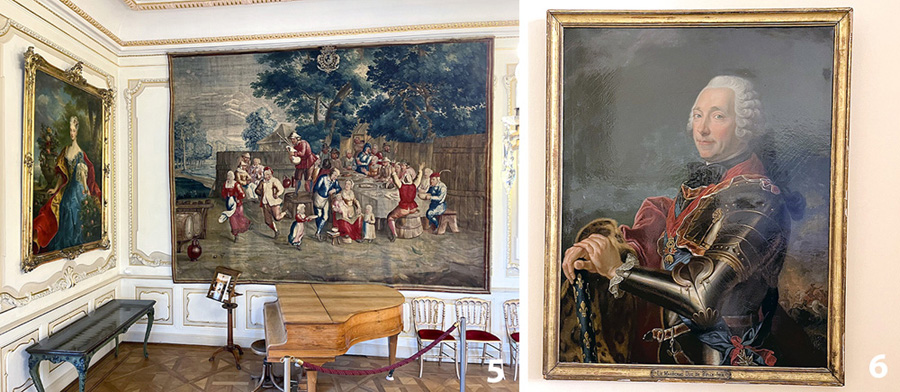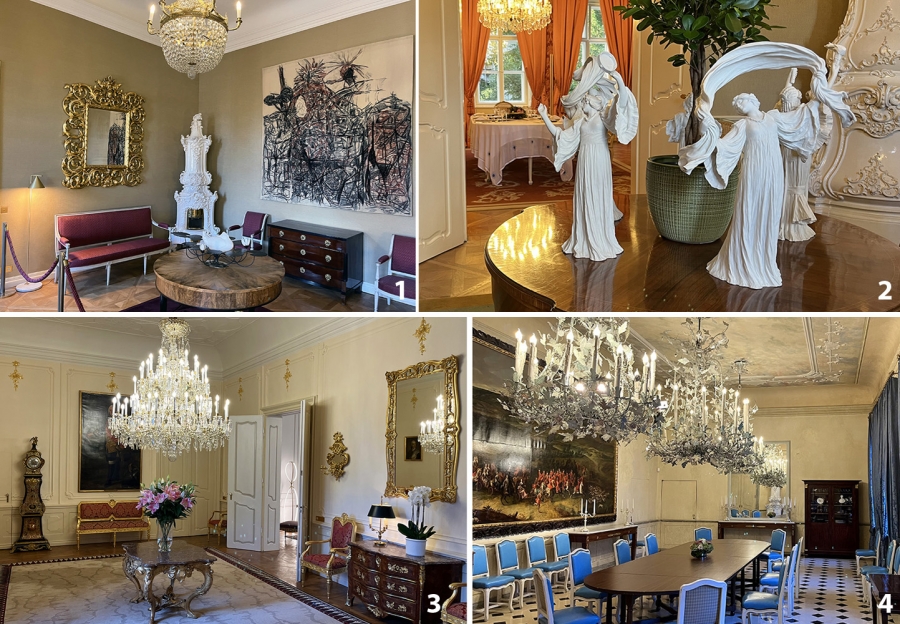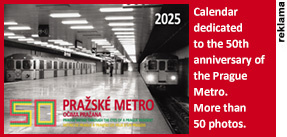The French Embassy in Prague showed off the elegant salons of the Buquoy Palace after a three-year renovation
On 16 and 17 September 2023, the 40th European Heritage Days took place throughout France. Once a year, this event offers the opportunity to visit, free of charge, not only historical and cultural sites, but also sites normally closed to the public.
The material was prepared by Boris Kogut.
The French Embassy in Prague also took part in this unique annual event and organised excursions to the Buquoy Palace, where the Embassy is located.
It is worth mentioning that France was the first country to send its representative to Czechoslovakia; in 1919, the French Embassy rented the Buquoy Palace and later bought it in 1930.
The construction of the palace itself was started in 1667 by the Prague archbishop Jan Bedřich, and in 1719 the palace was enlarged by connecting several neighbouring buildings. The palace
owes its name to the Buquoy family, who acquired it in 1748.
The interior decoration of the palace’s salons was not originally the property of the Buquoy family alone — some of the salon furnishings were borrowed, for example, from Versailles.
During the tour I took on 16 September 2023, the guide pointed out an interesting fact: it turns out that before the opening of the French Embassy in Prague in 1919, a French consulate had been operating in Prague’s Vinohrady since 1897. I am sure that the best story about the palace will be my photos of the restored salons, the most expressive example of Prague Baroque, which I took during this unique tour.
In the Manufactory Salon you can see the tapestry «Birds», which is unique in its quality of workmanship and historical value.
The drawing for the tapestry was made by the Canadian artist Jean-Paul Riopelle in 1965, and Malvezin transferred it to fabric in 1968 (1). The first tapestry workshops in France date back to 1601.
The Green Salon contains a unique sculpture (2), Dance with Scarf, by the French sculptor Agathon Léonard. Léonard created this table sculpture for the pavilion of the Sevres Porcelain Manufactory at the Paris Universal Exhibition of 1900. The sculpture attracted much attention and won the gold medal of the exhibition.
The Salon of the French Cardinal Bernis. The huge chandelier in the salon is made of Czech crystal (3).
The large refectory (4). On 9 December 1988, French President François Mitterrand had breakfast here with Czechoslovak dissidents led by Vaclav Havel, who would become President of Czechoslovakia a year later. Pictured here (5) is the Music Salon.
One of the works by the French artist Maurice Quentin de La Tour is on display at the Cardinal Bernis Salon (6). This work by the artist is one of the most historically valuable and was given to Prague from the Versailles collection.










